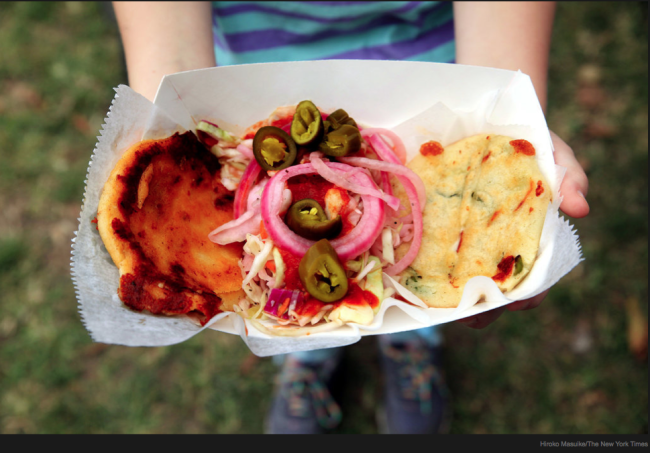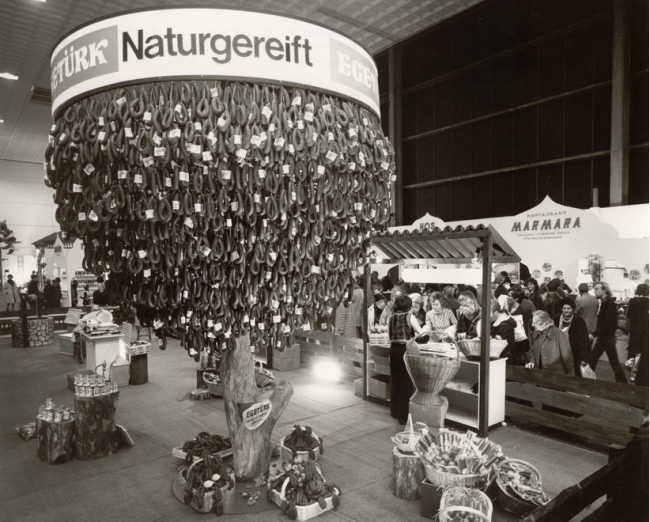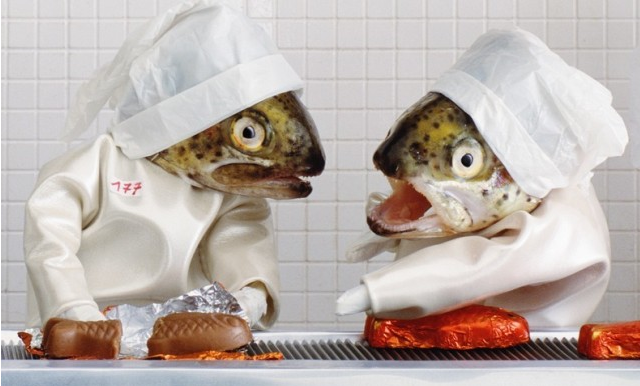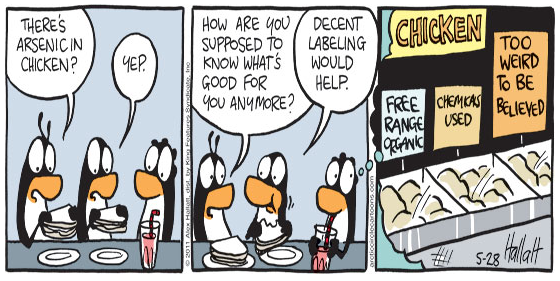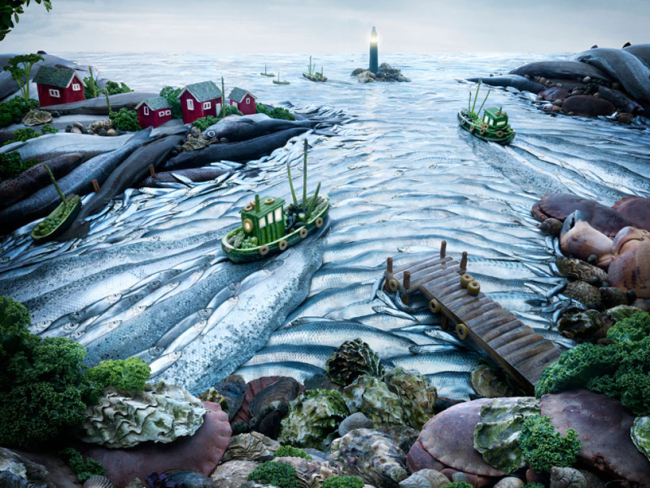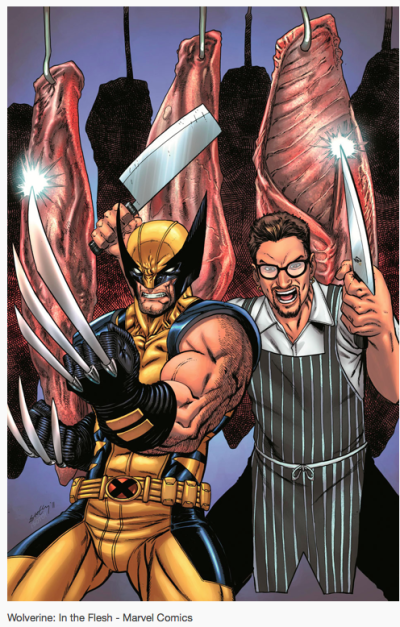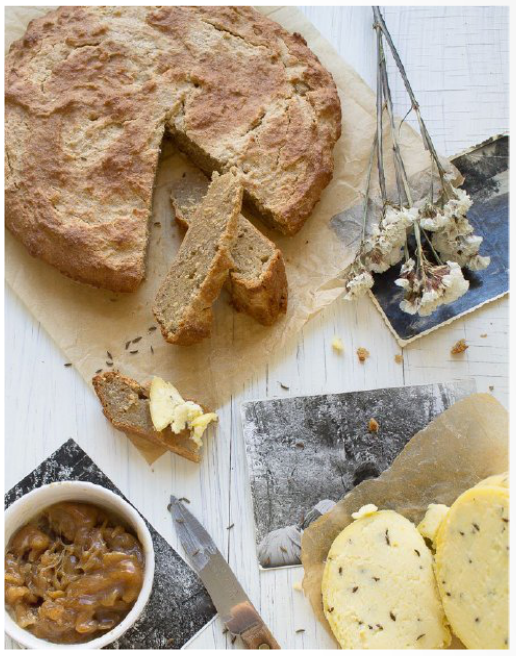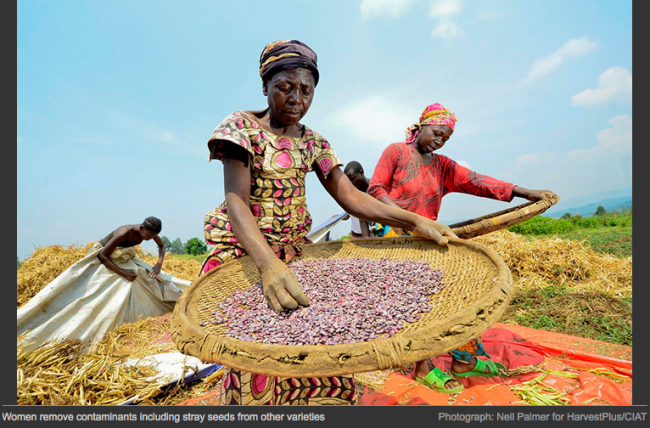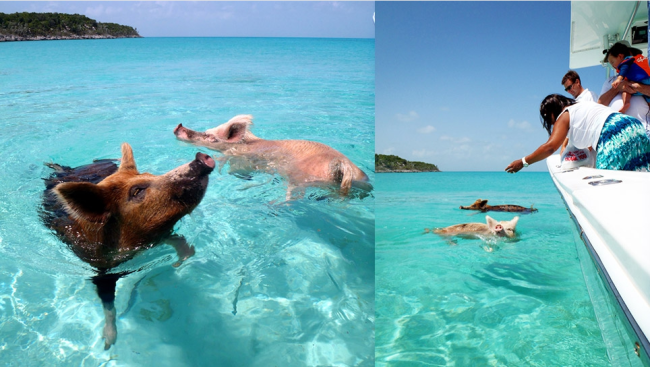Converting Old Dutch Tourist Boats Into Floating Greenhouses (above) It's a plan that perfectly suits its location. "The project’s name is Boatanic, a play on boat, botanic, and the Titanic — a reference to the global eco-crisis O’Sullivan sees on the horizon. It’s still in its planning phase, but when completed he foresees a combination of CSA, dockside sales, and wholesale deliveries." (Modern Farmer)
France's national library of grape varieties under threat "The current sandy location protects the original rootstocks against disease such as phylloxera, meaning most of the vines are non-grafted. But, according to INRA, the site is under threat from rising sea levels, meaning potential damage to the vines from salt water flooding." (Decanter)
Long live our seasonal obsession! Le Festival Du Cookie in Paris (Food Arts)
How a Chest of Ancient Grains in Sweden Changed Baking History “A farmer today isn’t free,” says Niklasson. “Farmers are dependent on the seed distributors and since the modern seeds don’t have the right resistances, they are dependent on pesticide producers, and since the pesticides kill the healthy microbes in the soil, they are also dependent on the fertilizer companies. At Gutekorn we are some of the last free farmers.” (Modern Farmer)
The Ceramic Canvas — a look at plating. "To illustrate and explore the current state of the plate, we asked 11 New York City chefs to put together a dish that exemplifies their visual style, and to explain the inspiration that went into each. Their answers ran the gamut. " Complete with fancy slide show. (New York Times)





